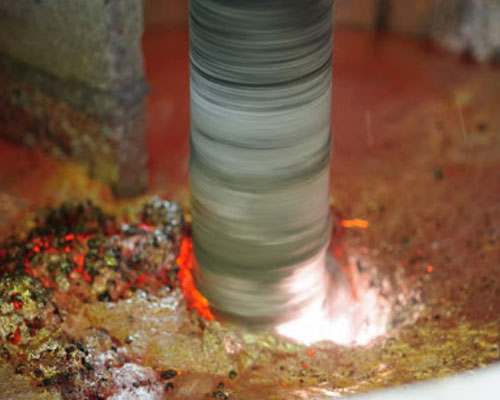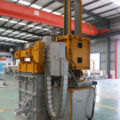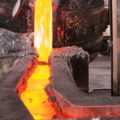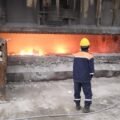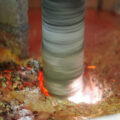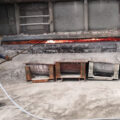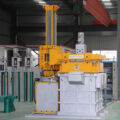How To Degas Aluminum? The degassing treatment of the melt causes the injector immersed in the melt to rotate so that the scavenging gas (usually inert gas) is distributed in the melt as small bubbles. Rotary degassing or impeller degassing is mainly used for aluminum melt purification and hydrogen degassing.
How To Degas Aluminum
Rotary degassing device (impeller device) is suitable for removing gas treatment in crucible or ladle between furnace and casting position. Place the equipment on a crucible or treatment vessel, or, if it is designed as a stand-alone device, the rotor enters the ladle (impeller station) below it. Through the vertical hollow shaft and the rotor at the lower end of the shaft, the scavenging gas is blown into the melt and, unlike the degassing of the spray gun, it is distributed with very small bubbles. Through the rotation of the impeller, the fine bubbles and the melt are fully mixed. The special shape of the rotor ensures good distribution. Rotors and shafts are usually made of graphite.
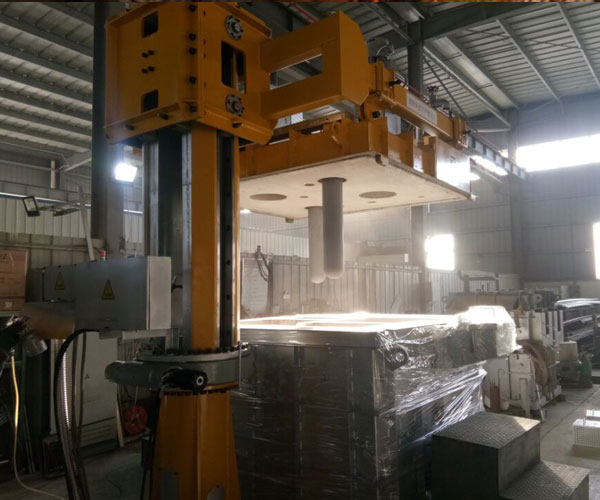
The smaller the bubble is, the more frequently the melt can be degassed, and there is no impurity (mainly oxidized). Video 1 shows tiny bubbles formed during the test in water. The melt is homogeneous at the same time. This means that the rotary degassing device can not only be used in the degassing process, but also can remove the residual oxide on the surface through the baffle (knife) in the correct operation.
All standard treatment gases are suitable for removal or purification. Rotary degassing is usually carried out with inert gases suitable for the affected melts, such as inert gases. Nitrogen or argon is used in aluminum melts. In some cases, inert scavenging gases are also mixed with low concentrations of sulfur hexafluoride or chlorine. Due to the fine distribution of the scavenging gas in the aluminum melt, the hydrogen content is greatly reduced much faster than other gas scavenging processes. By virtue of this principle – for almost all stationary bath surfaces – bubbles are widely distributed throughout the treatment vessel, thus reducing treatment time by effective degassing and melt purification.

